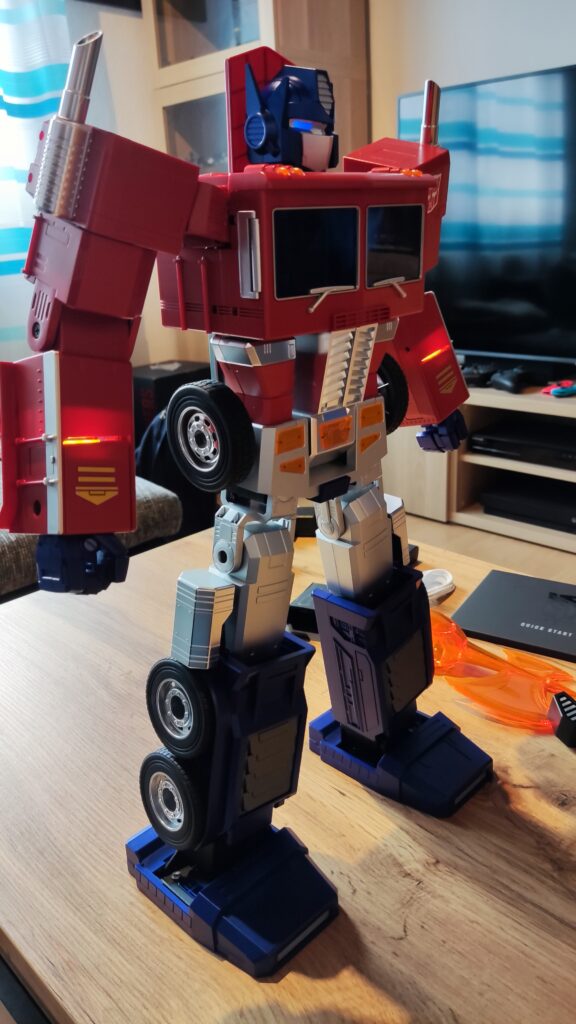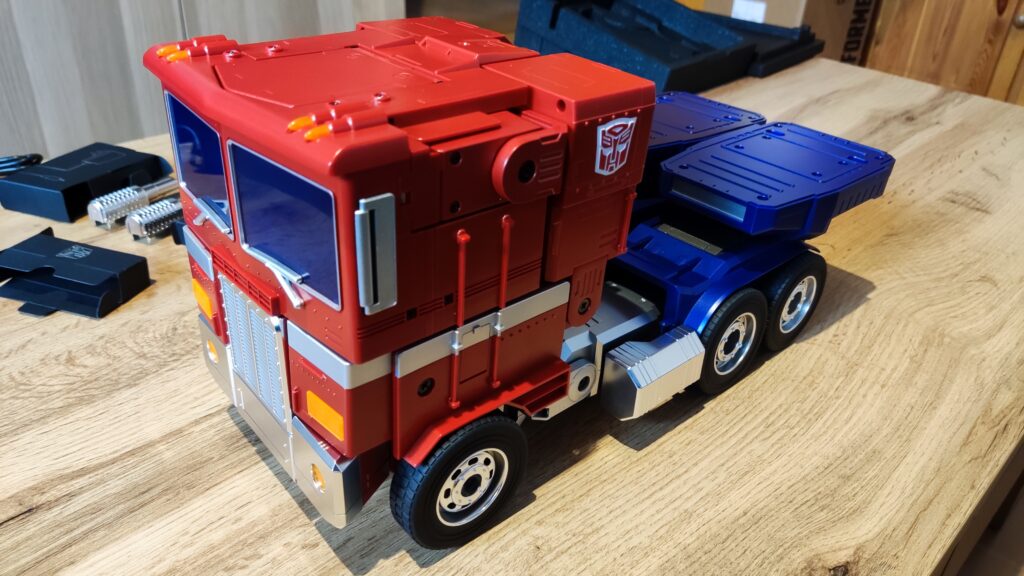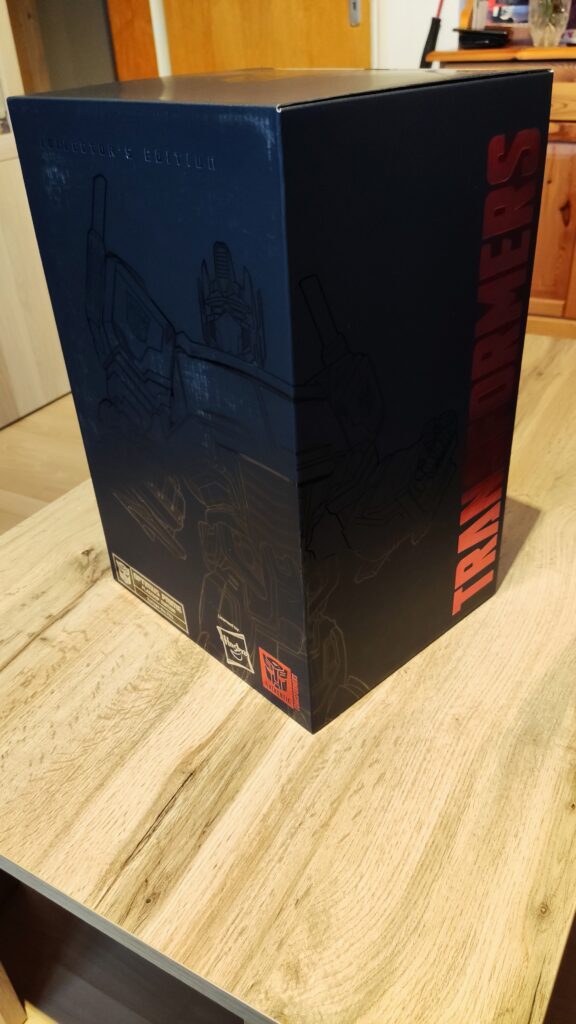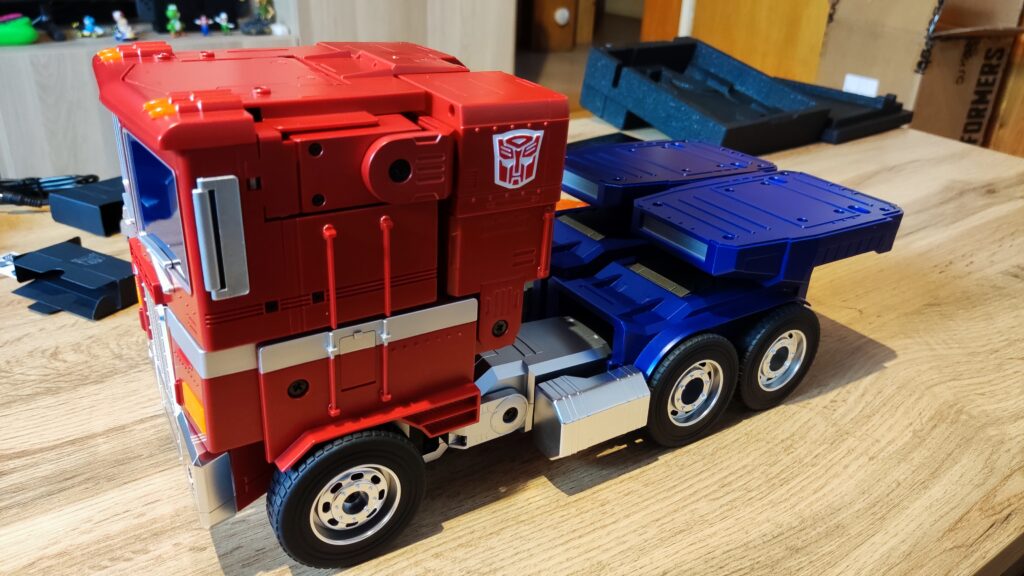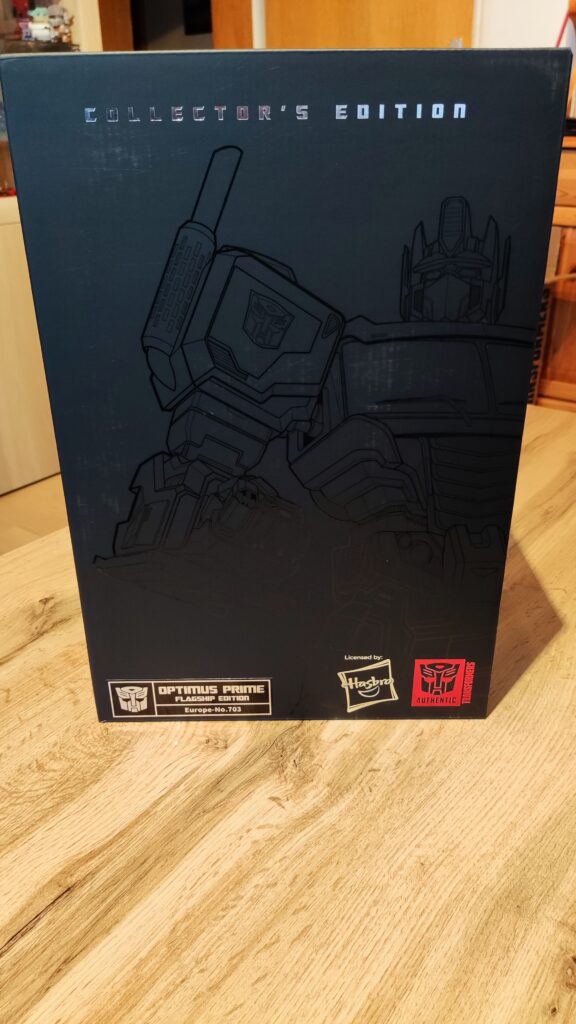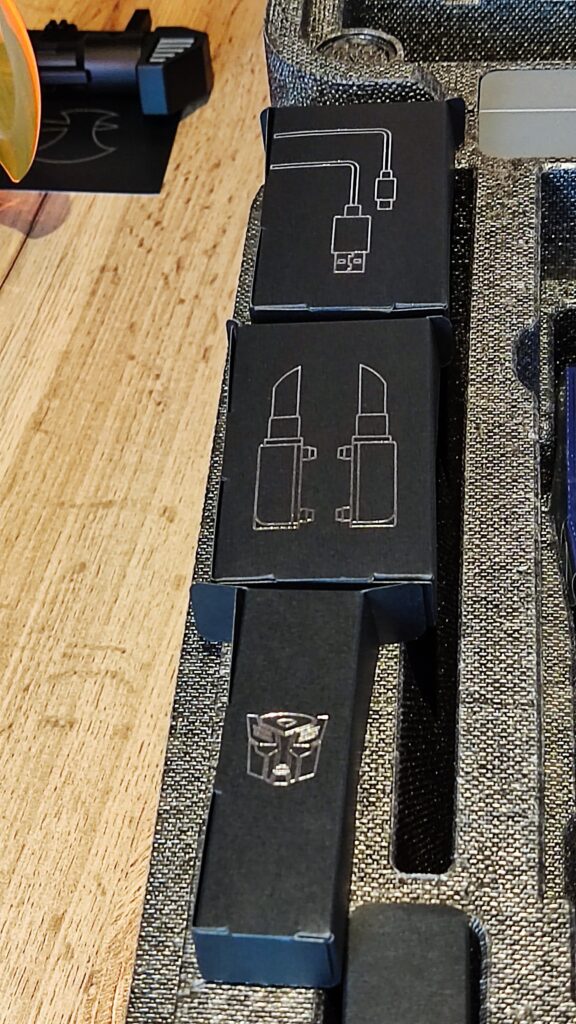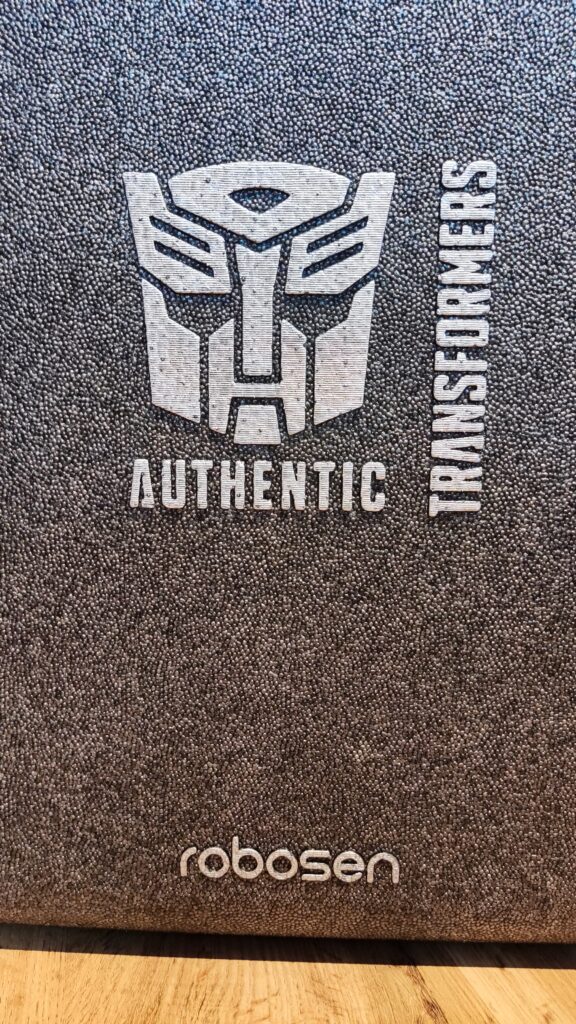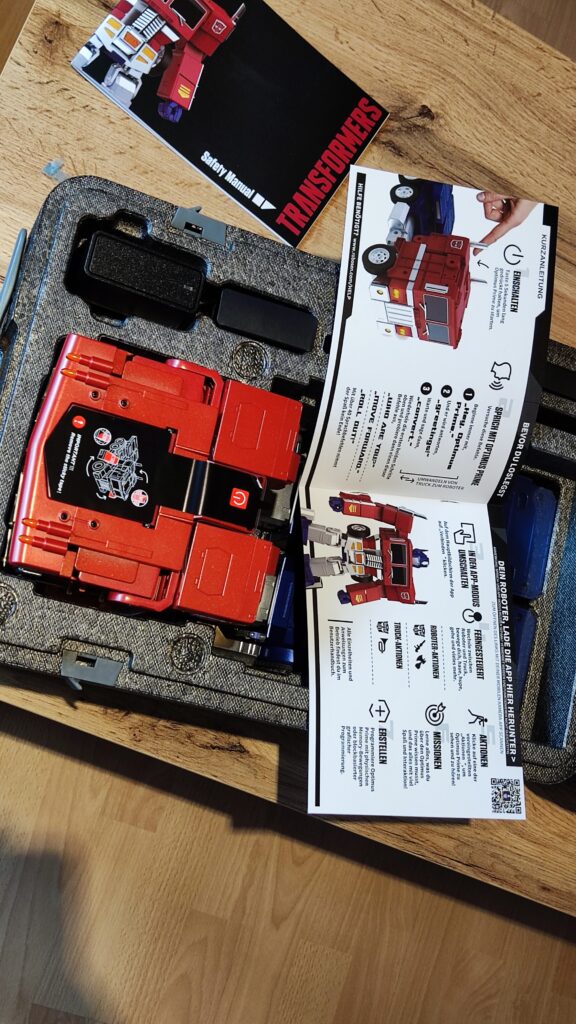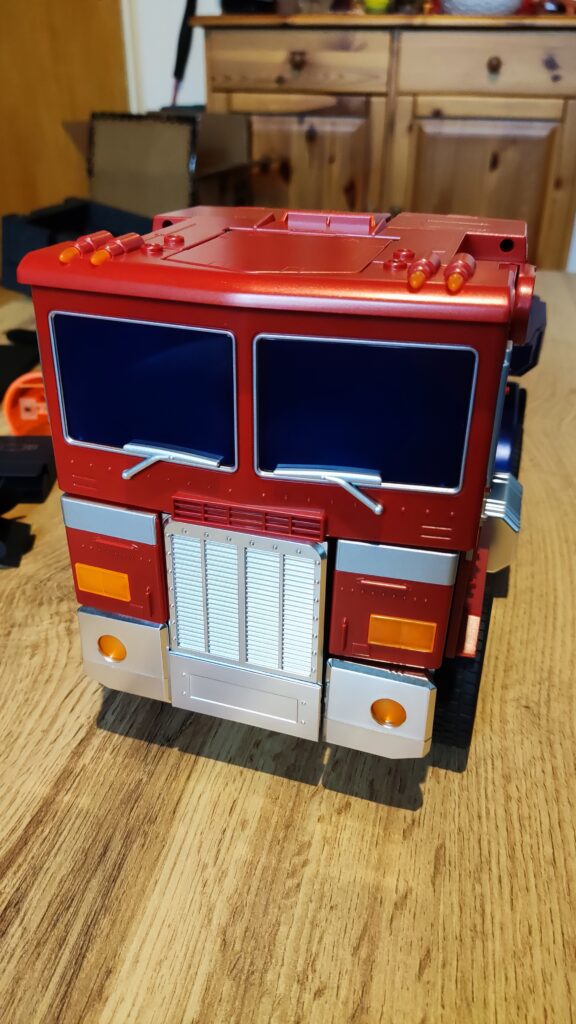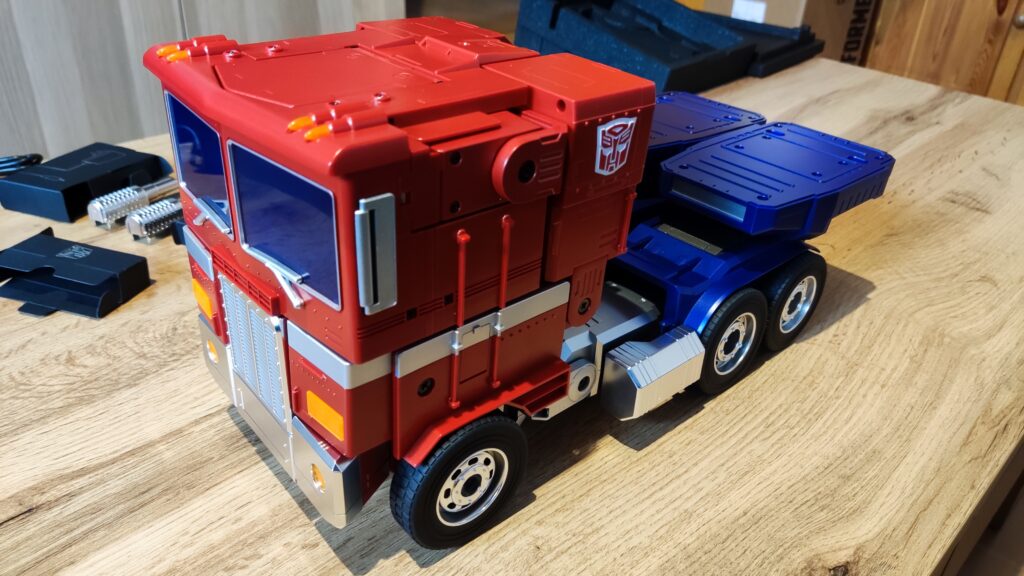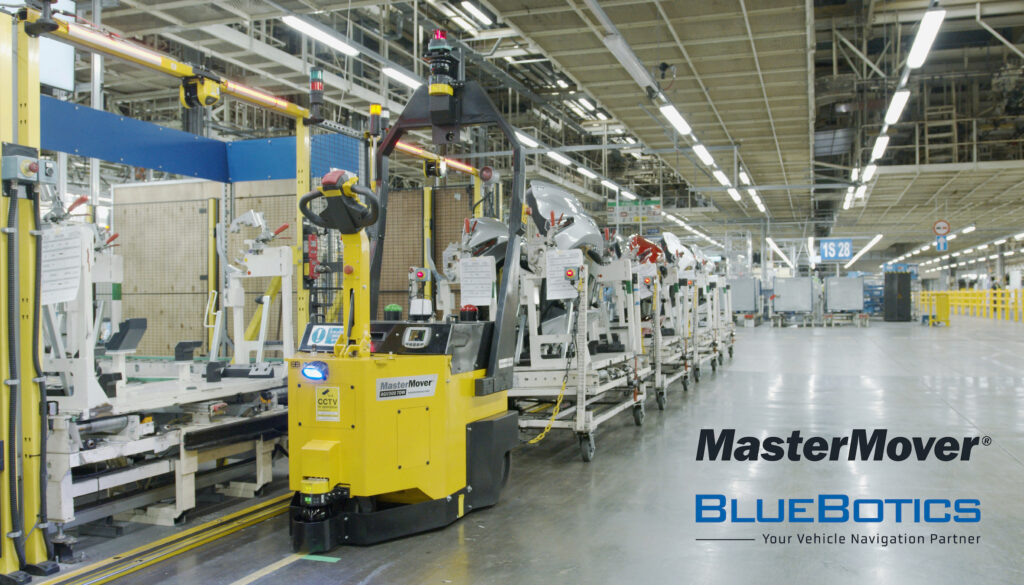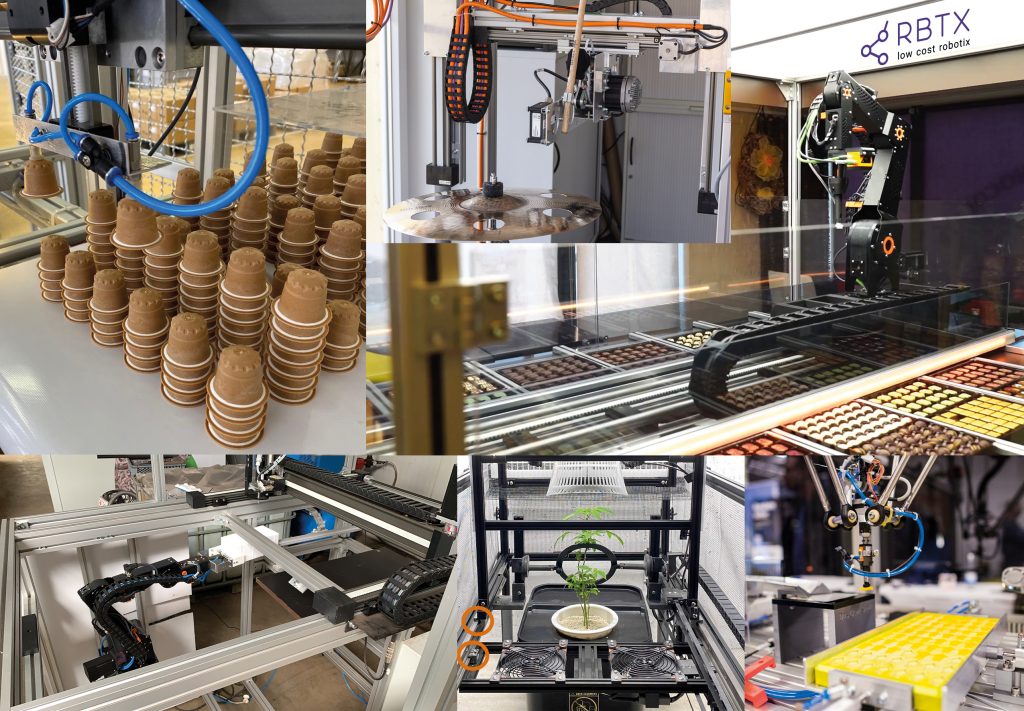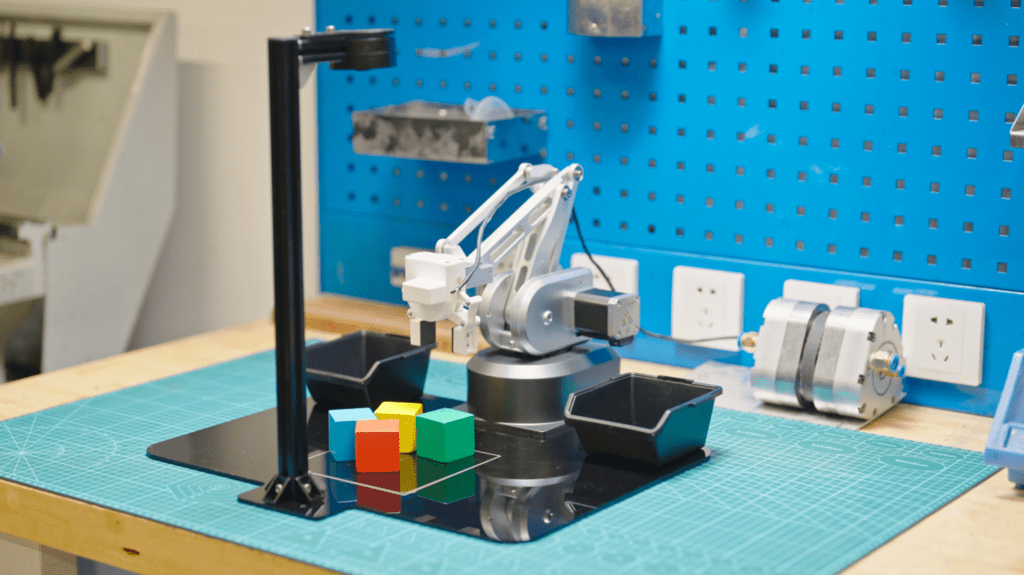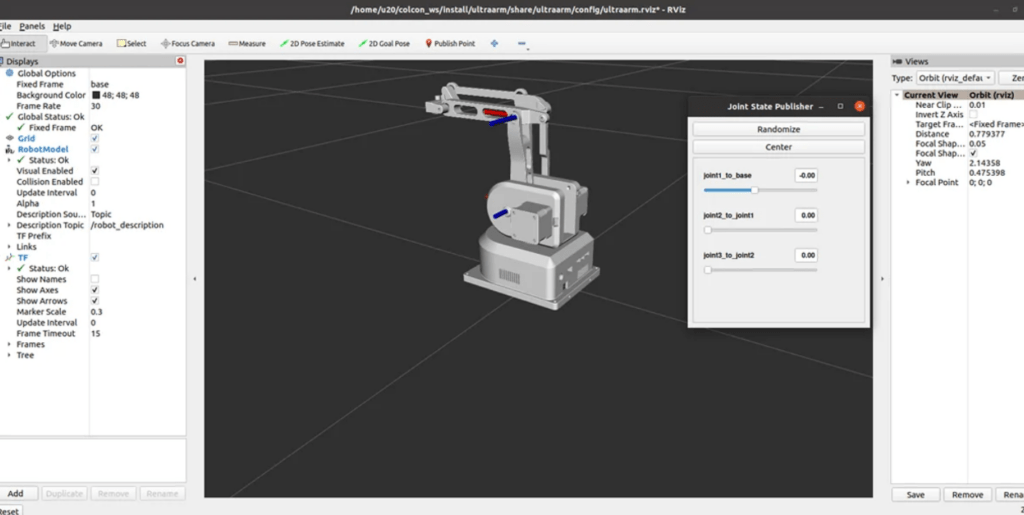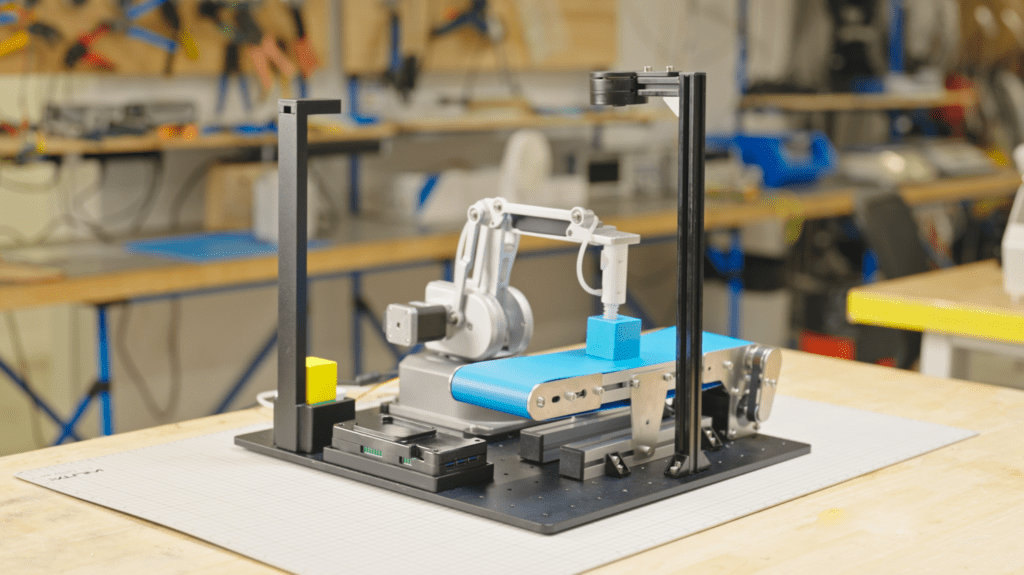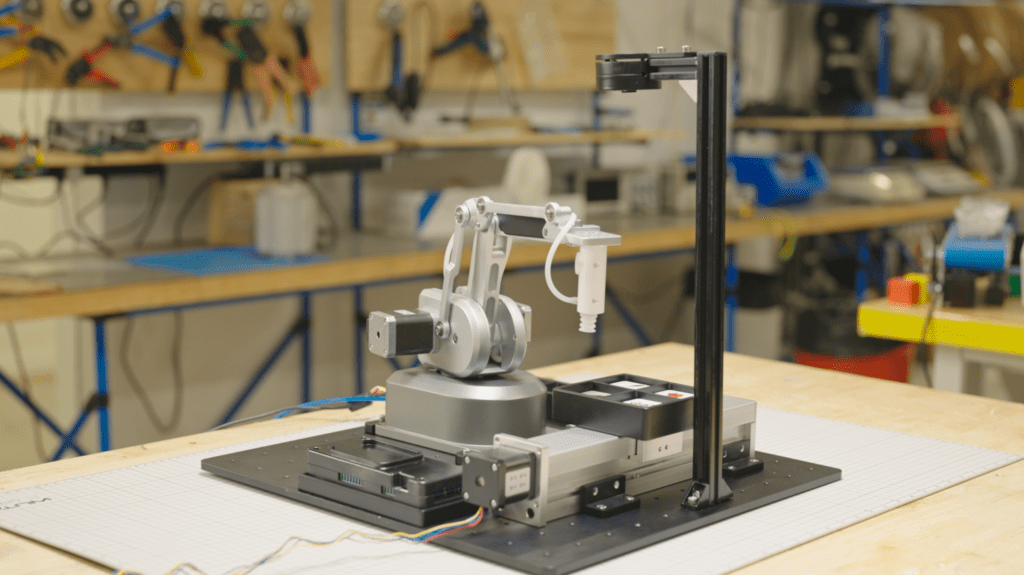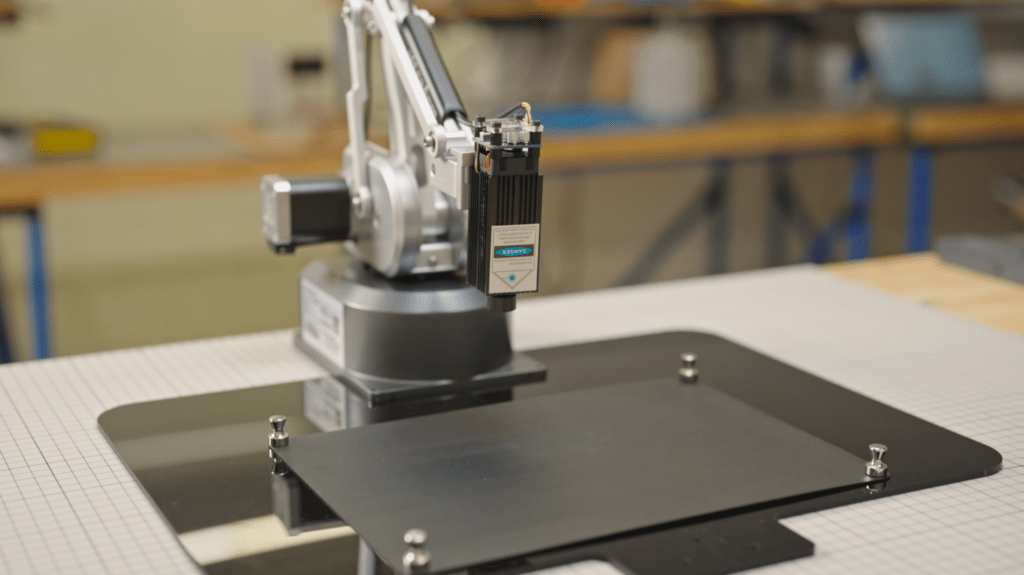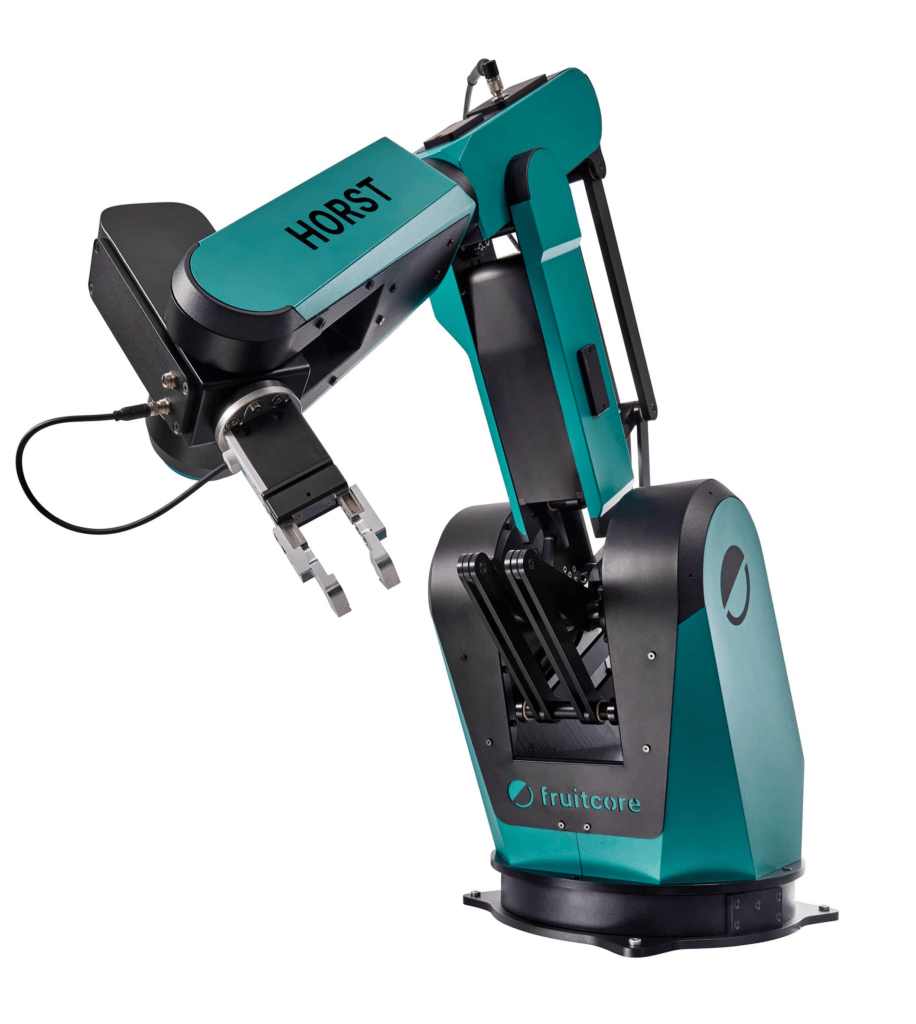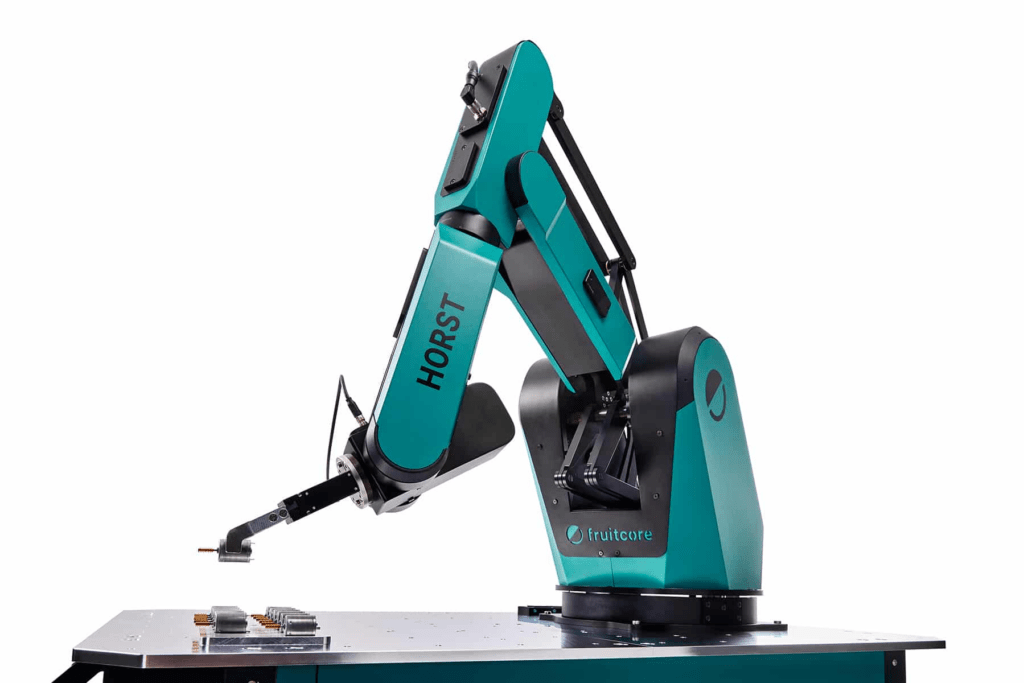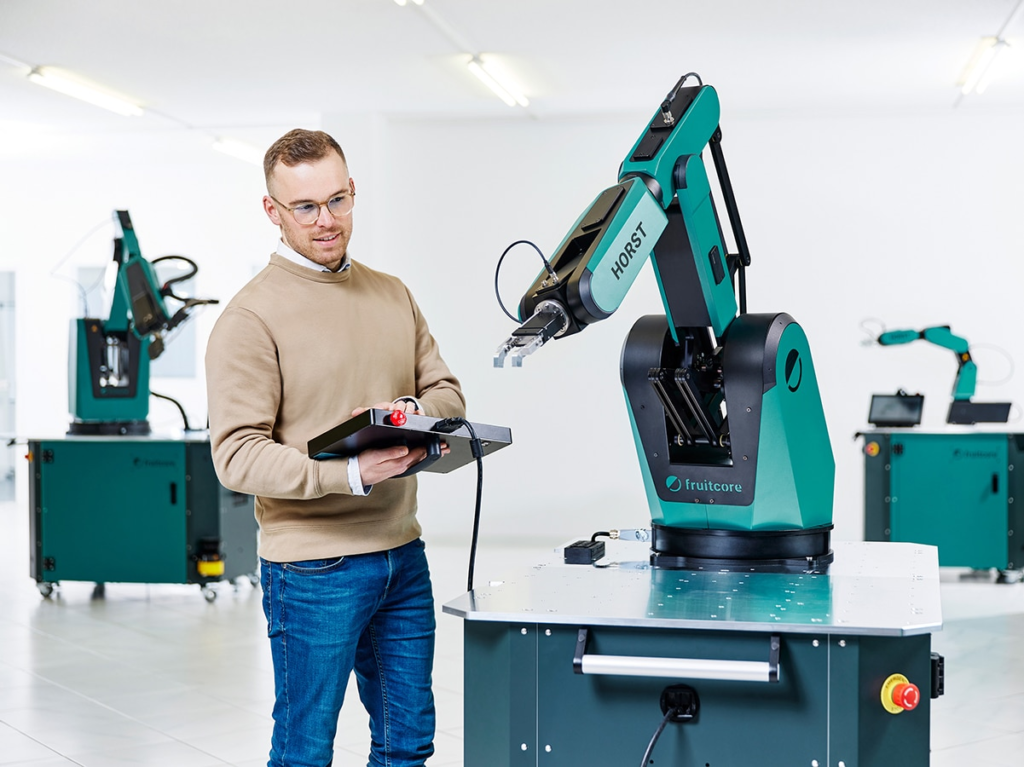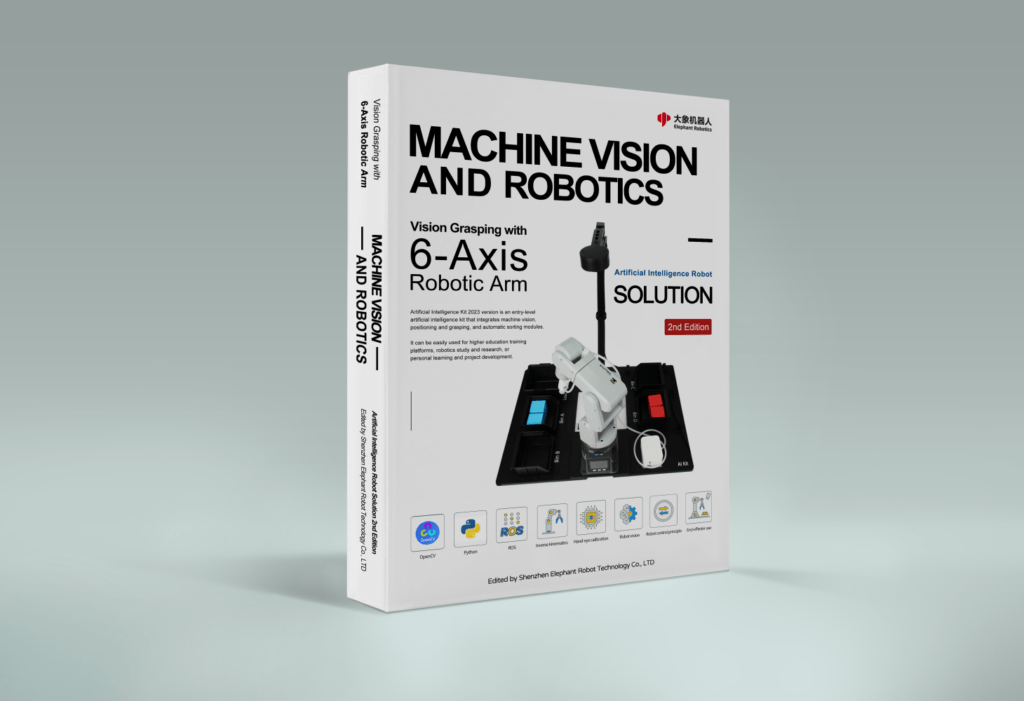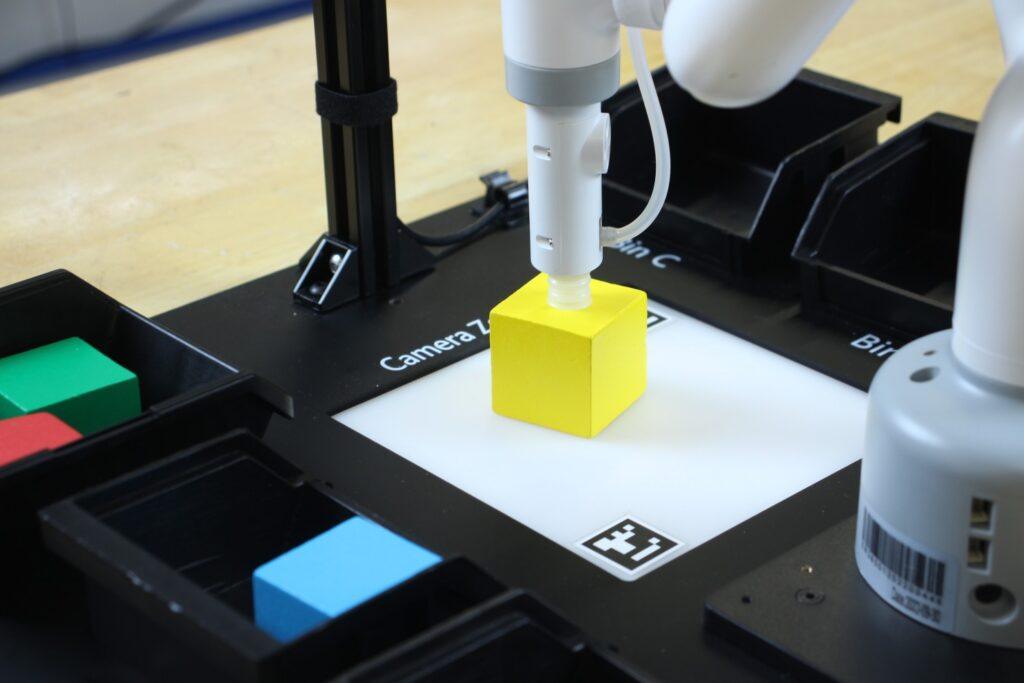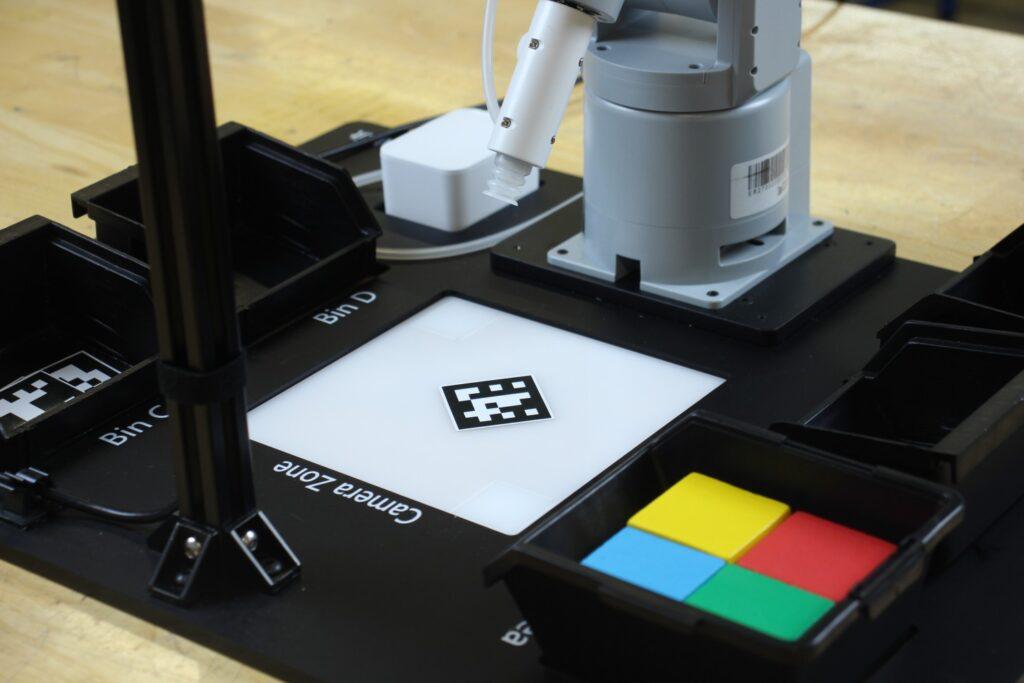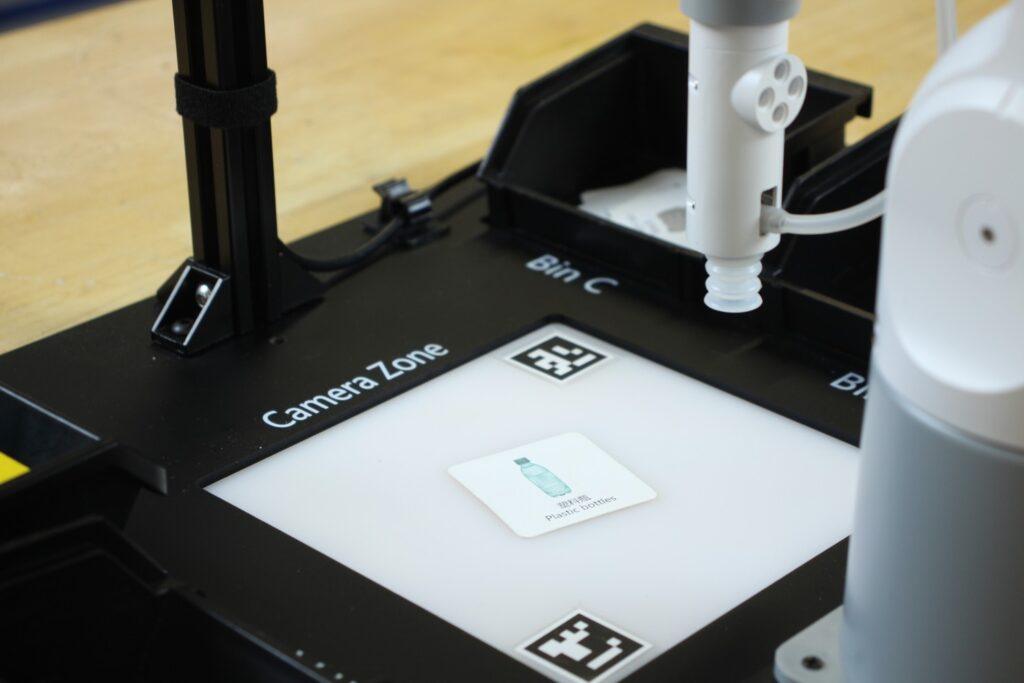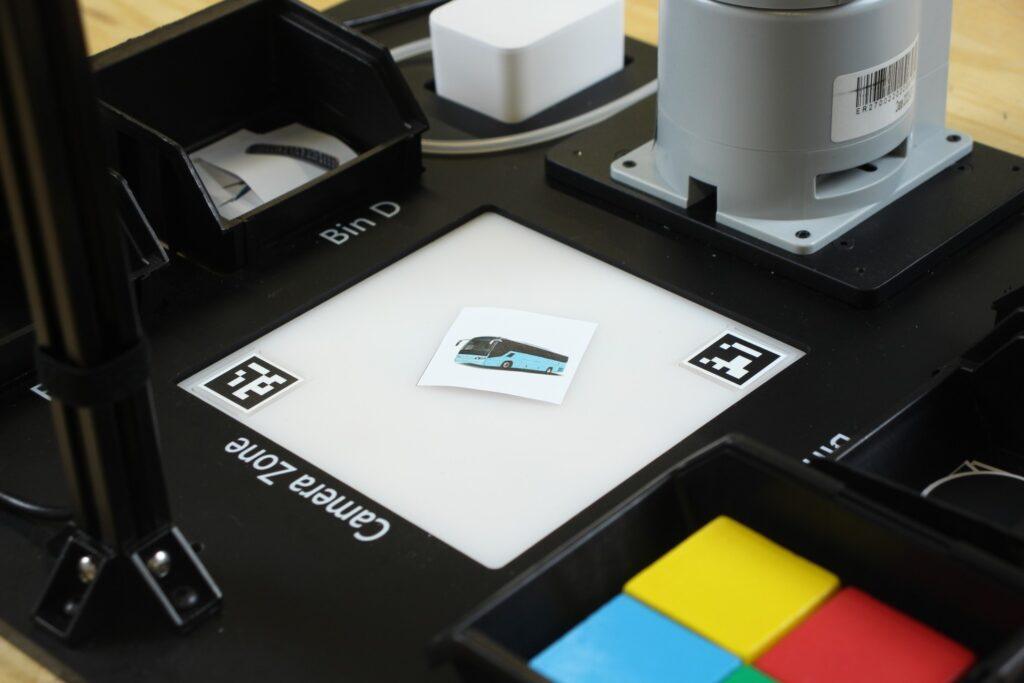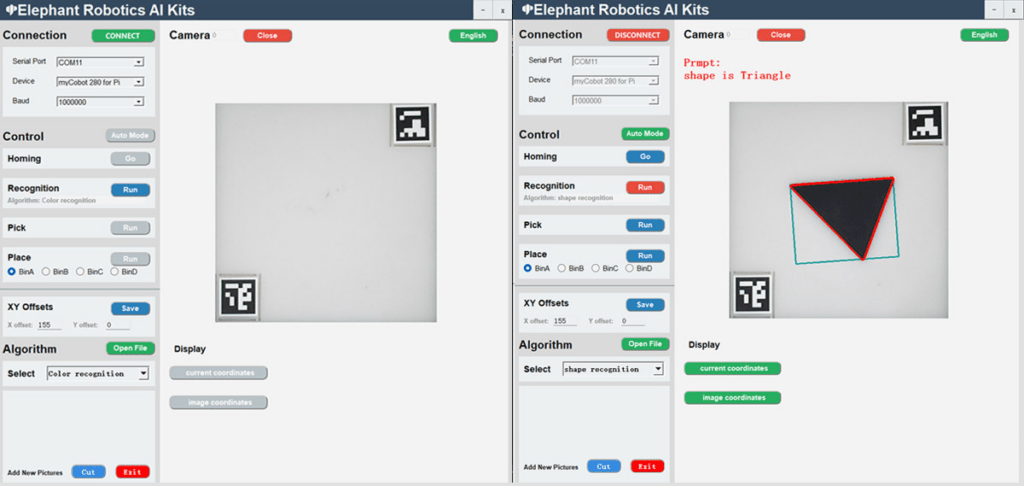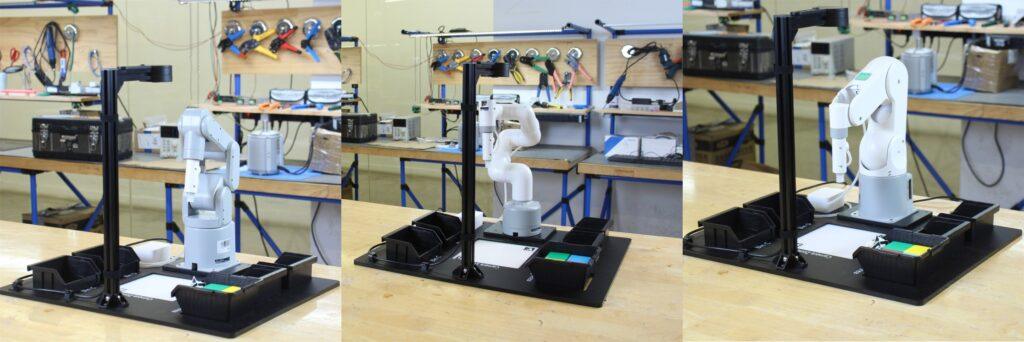Sind Sie ein Fan von intelligenten Robotern und künstlicher Intelligenz? Die Firma Robosen hat vor kurzem angekündigt, dass der Flagship Optimus Prime Roboter bald in Deutschland erhältlich sein wird. Das ist eine besonders gute Nachricht für alle Transformers-Fans, die schon immer davon geträumt haben, einen eigenen Optimus Prime Roboter zu besitzen. Bei dieser neuen Version handelt es sich außerdem um den weltweit ersten automatisch transformierbaren Optimus Prime. Robosen Flagship Optimus Prime ist ein hochkomplexes und interaktives Roboterspielzeug, das die ikonische Figur aus der Transformers-Franchise imitieren soll. Weitere Informationen finden Sie hier auf robots-blog.com und auf der Robosen-Website.
Was ist das Robosen Flagship Optimus Prime Roboter Modell?
Der Robosen Flagship Optimus Prime ist ein atemberaubender Roboter, der auf der kultigen und wohl auch berühmtesten Transformers-Figur basiert. Der Roboter ist in der Lage, sich von einem fahrenden LKW in einen Roboter zu verwandeln und ist mit einer Vielzahl von intelligenten Funktionen ausgestattet. Er ist 48,3cm groß, 2,8 kg schwer und aus hochwertigen Komponenten gebaut, die stark und langlebig sind. Das Roboterspielzeug besteht aus mehr als 5.000 Teilen, darunter 60 Mikrochips und 27 Servomotoren, die ihm seine ausgeklügelten Fähigkeiten verleihen.
Der Roboter ist mit fortschrittlicher Technologie ausgestattet, die ihm eine Vielzahl von Fähigkeiten verleiht. Zum Beispiel kann er durch einfache Sprachbefehle gesteuert werden, um sich zu bewegen oder bestimmte Aktionen auszuführen. Über einen eingebauten Lautsprecher kann der Spielzeugroboter Musik und Soundeffekte abspielen, was das realistische Erlebnis noch verstärkt.
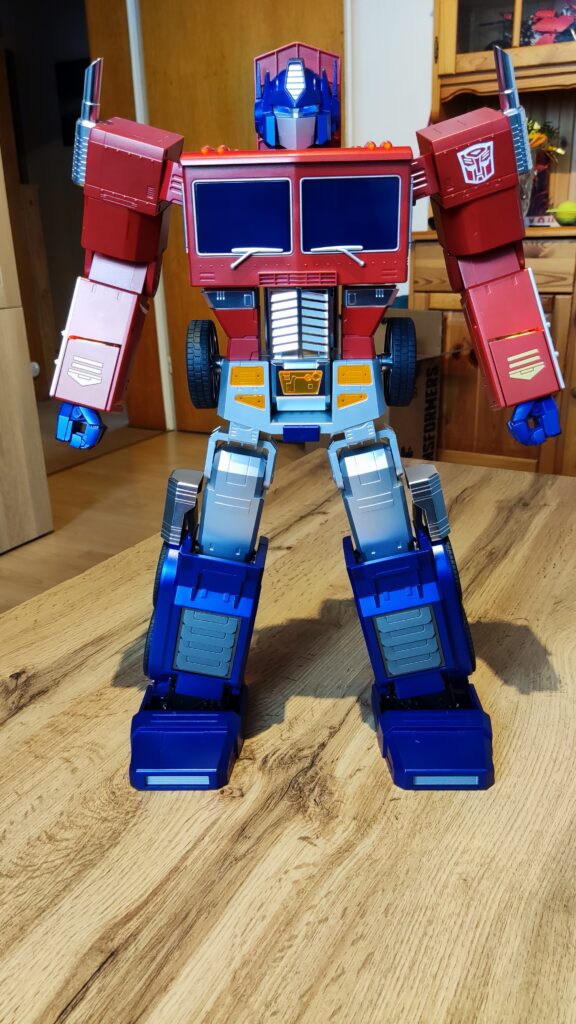
Darüber hinaus verfügt der Roboter über ein fortschrittliches Bewegungssystem, mit dem er sich auf einzigartige Weise bewegen kann. Der Roboter kann sich auf beiden Beinen oder seinen Rädern bewegen und ist in der Lage, schnelle Bewegungen und komplexe Choreografien auszuführen. Robosen Flagship Optimus Prime wird von einem wiederaufladbaren Akku angetrieben, der mit einer einzigen Ladung bis zu 4 Stunden Spielzeit bietet.
Transformations-Mechanismus
Eines der auffälligsten Merkmale des Robosen Flagships Optimus Prime ist sein Verwandlungssystem. Er transformiert sich mithilfe eines komplexen Motorsystems, das schnelle und präzise Bewegungen ausführen kann, von einem Roboter in ein Fahrzeug und umgekehrt. Er ist einer der schnellsten Transformationsroboter auf dem Markt, denn die vollständige Verwandlung dauert nur 5 Sekunden. Fortschrittliche Algorithmen ermöglichen es Optimus Prime, auf zwei Beinen zu laufen.
Sprachgesteuertes System
Immersive Sprachbefehle ermöglichen die Interaktion mit dem Robosen Flagship Optimus Prime, der eine Vielzahl von Sprachbefehlen verstehen und ausführen kann. Durch das Aussprechen von Befehlen wie „Transform“, „Roll out“ oder „Attack“ können die Benutzer das Roboterspielzeug steuern. Das Sprachbefehlssystem ist sowohl für Kinder als auch für Erwachsene eine hervorragende Funktion, da es einfach zu bedienen und unglaublich reaktionsschnell ist.
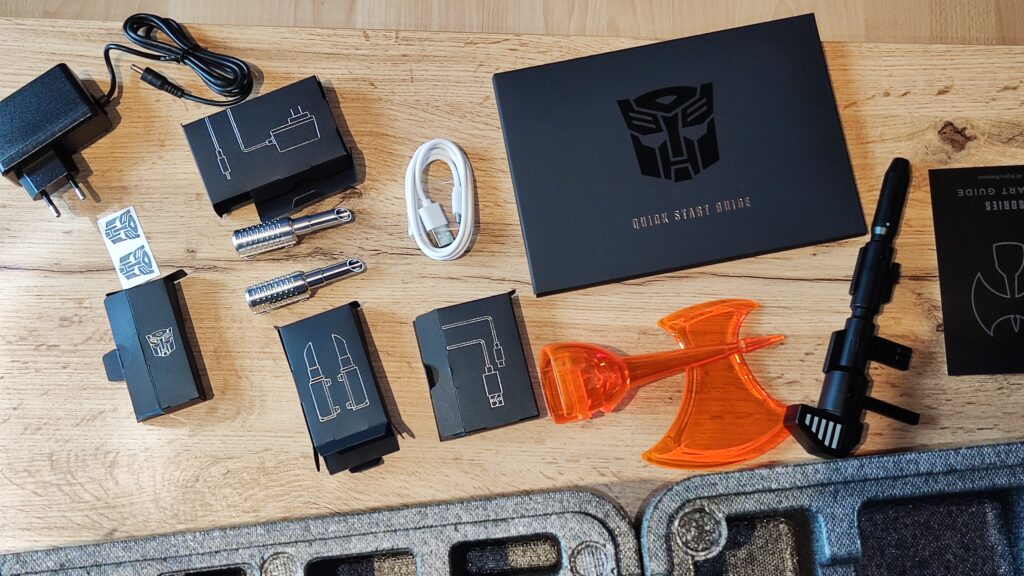
Was sind die Hauptmerkmale des Robosen Flagships Optimus Prime?
Robosen Flagship Optimus Prime verfügt über eine Vielzahl von Funktionen, die ihn zu einem faszinierenden und unterhaltsamen Roboter machen.
Zu den wichtigsten Funktionen gehören:
– Intelligente Steuerung (sprachgesteuert): Der Roboter kann durch einfache Sprachbefehle gesteuert werden, um sich zu bewegen oder bestimmte Aktionen auszuführen.
– Smartphone-App (Fernsteuerung): Der Roboter verfügt über eine eigene App, mit
der der Benutzer verschiedene Einstellungen und Funktionen anpassen kann. Optimus Prime kann über die App ferngesteuert oder programmiert werden.
– Bewegungssystem: Der Roboter ist mit einem fortschrittlichen Bewegungssystem ausgestattet, mit dem er sich auf einzigartige Weise bewegen kann.
– Programmierbare Funktionen: Der Roboter kann von den Benutzern programmiert werden, um bestimmte Bewegungen und Aktionen auszuführen. Die erstellten Programme/Bewegungsabläufe können dann mit anderen Benutzern geteilt werden, um die Funktionen für alle Benutzer zu erweitern.
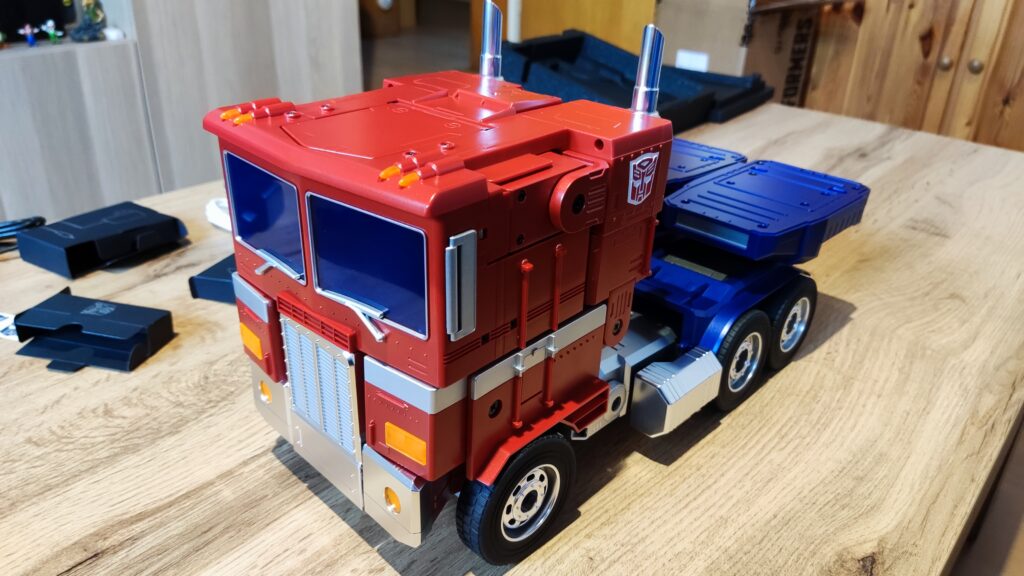
Was können Sie mit der zugehörigen Smartphone-App tun?
Verbinde die App mit dem Robosen Optimus Prime-Roboter, um Optimus Prime zum Leben zu erwecken, während du programmieren lernst und ein immersives Erlebnis genießt. Lass Optimus Prime auf Ausflüge gehen, Filmszenen nachspielen oder fordere ihn heraus, verschiedene Aufgaben und Herausforderungen anzunehmen. Durch das Abschließen von Missionen in der App werden zusätzliche Funktionen für Optimus Prime freigeschaltet, was zu einem noch interaktiveren Spielerlebnis führt. Du kannst dir auch Videos in der App ansehen, um coole Aktionen von Optimus Prime zu sehen und dich davon inspirieren zu lassen, was andere Programmierer mit ihren Optimus Prime-Robotern machen. Die Smartphone-App ist bereits jetzt für IOS und Android erhältlich.
Vergleich mit anderen Transformers-Spielzeugen auf dem Markt
Robosen Flagship Optimus Prime hebt sich von anderen Transformers-Spielzeugen auf dem Markt durch seine fortschrittlichen Eigenschaften und Funktionen ab. Es gibt zwar andere Transformers Spielzeugroboter, aber keiner von ihnen bietet das gleiche Maß an Interaktivität und Kontrolle wie Robosen Flagship Optimus Prime. Das Sprachsteuerungssystem, die Elemente der mobilen App und die lizenzierten Geräusche und Stimmen aus den Filmen machen es zu einem einzigartigen und fesselnden Spielzeug, das ein intensives und interaktives Erlebnis für die Benutzer bietet.
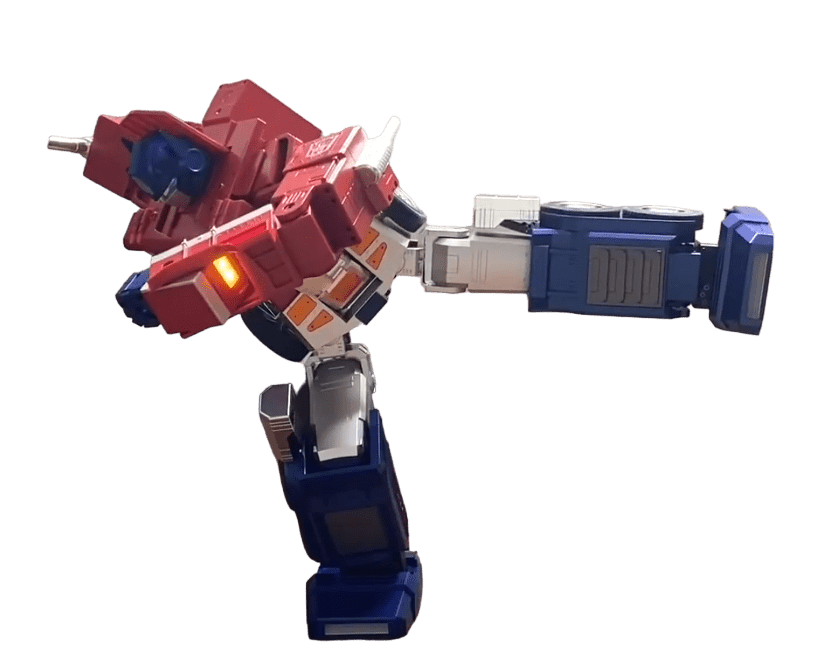
Wo kann man den Robosen Flagship Optimus Prime kaufen?
Das Robosen Flagship Optimus Prime wird in Kürze in Deutschland für 999€ erhältlich sein. Interessierte können den Roboter direkt auf der Robosen-Website bestellen. Robosen Robotics hat auch Interesse gezeigt, mit seiner Robotertechnologie in neue Bereiche vorzudringen, unter anderem in den Bildungsbereich. Es wird spannend sein zu sehen, wie das Unternehmen in Zukunft Innovationen und neue Produkte entwickelt.
Erwecke den epischen Kampf zwischen den Autobots und den Decepticons zum Leben mit dem Robosen Flagship Optimus Prime, dem ultimativen transformierenden Roboterspielzeug. Mit seinen fortschrittlichen Funktionen, seiner Interaktivität und seinem Reaktionsvermögen bietet er ein einzigartiges und fesselndes Erlebnis für alle Altersgruppen. Lassen Sie sich dieses einzigartige Spielzeug nicht entgehen und holen Sie es sich noch heute!

